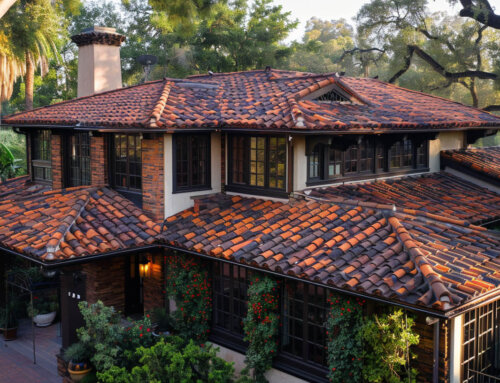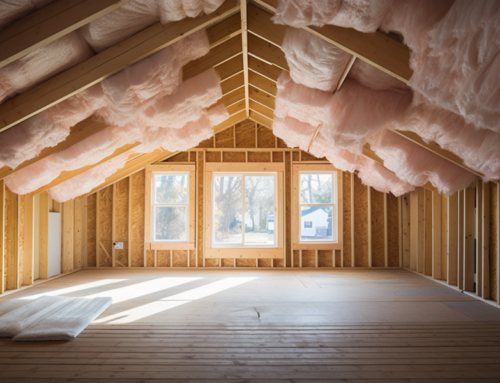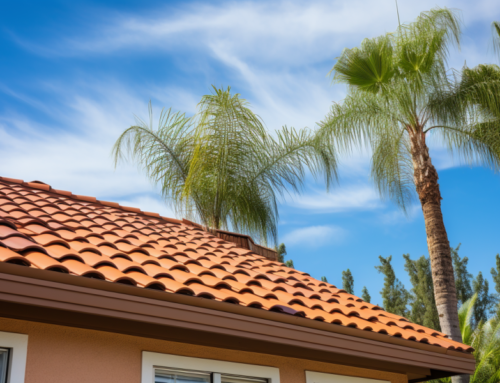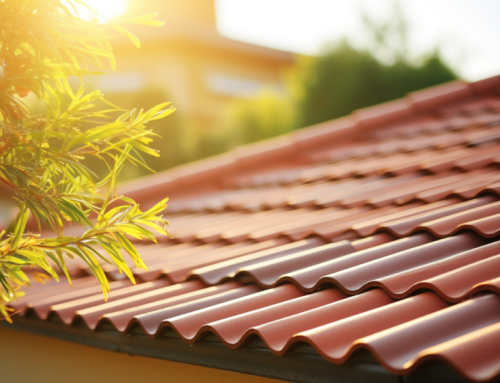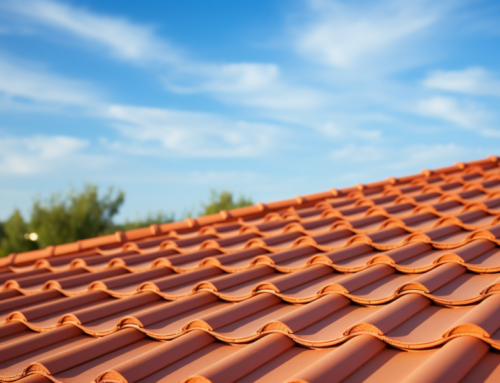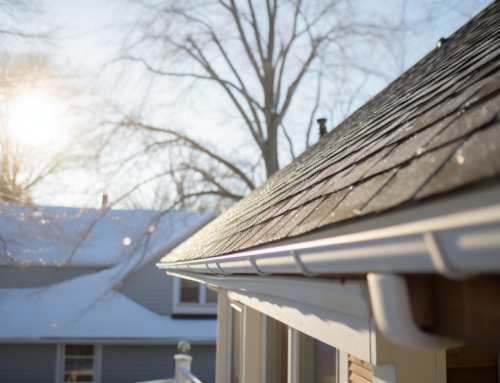Roofs are more than just protective barriers against external elements. The right roofing system can significantly influence both energy consumption and environmental sustainability. Making an informed choice can lead to long-term benefits, both for your pocket and the planet.
The Connection Between Roofing and Energy Consumption
The type of roofing system you choose can have a profound effect on your home’s energy efficiency. Factors such as climate suitability, heat retention during winters, and heat reflection during summers play a crucial role.
Roofing Systems and Energy Dynamics
The energy dynamics of a roofing system are influenced by various factors:
- Climate Adaptability: The roofing material should be suitable for the local climate. It should effectively keep out heat during summers and retain warmth during winters.
- Roof Orientation and Reflectivity: A flat or low-slope roof, due to its design, receives maximum sunlight exposure. If the roofing material is dark-colored, it absorbs more solar energy, raising the roof’s temperature significantly. This can increase the cooling load of a building, leading to higher energy consumption.
- Insulation Thickness: Proper insulation can prevent excessive heat transfer, ensuring that the interior remains comfortable without overburdening the cooling or heating systems.
Environmental Considerations for Roofing Choices
In today’s world, the environmental impact of our choices is paramount. When selecting roofing materials, it’s essential to consider their lifecycle, from manufacturing to disposal.
- Sustainability Factors: The production process, transportation needs, durability, and recyclability of the roofing material are crucial. For instance, roofing tiles made from mined raw materials can have a detrimental environmental impact due to the mining process.
- Energy Efficiency: An energy-efficient roof might have a higher initial cost, but the long-term savings in energy bills can offset this. Such roofs are designed with materials that reflect more sunlight and absorb less heat.
- Renewability: Instead of complete replacements, some roofs can be recoated or renewed, reducing waste and environmental impact.
Making the Right Choice: Pros and Cons of Common Roofing Materials
Steel Roofing
Pros:
- Predominantly made from reclaimed materials.
- Durable and lightweight, reducing the need for frequent replacements.
- Energy-efficient, helping in reducing energy bills.
Cons:
- Can be noisy during rain or hailstorms.
- Susceptible to dents and scratches.
Asphalt Shingles
Pros:
- Can be reinforced for added durability and fire resistance.
Cons:
- Requires regular inspections to ensure compliance with standards.
Green Roofs
Pros:
- Incorporates vegetation, providing natural insulation.
- Reduces solar heat gain and temperature fluctuations.
Cons:
- Complex to build and maintain.
- Adds extra weight to the building structure.
The Integral Components of a Roofing System
A holistic approach to roofing goes beyond just the external material. It encompasses:
- Roof Covering: The primary protective layer.
- Sheathing: Boards or sheets that cover the building and are fastened to the roof rafters.
- Roof Structure: Supports the sheathing, usually in the form of rafters or trusses.
- Roof Drainage: Ensures effective water runoff.
Furthermore, proper ventilation is vital. It prevents heat and moisture buildup in the attic, which can compromise insulation and lead to structural damage.
The Role of a Roofing Contractor
Choosing the right roofing system is a complex task that requires expertise. At San Diego County Roofing & Solar, we understand the intricacies of roofing in San Diego. Our team of skilled roofers in San Diego is committed to helping you make the best choice for energy efficiency and environmental sustainability. With our guidance, you can ensure that your roof not only protects your home but also contributes positively to the environment.
By making informed decisions about your roofing system, you can enjoy the dual benefits of energy efficiency and reduced environmental impact. Whether you’re building a new home or considering a roof replacement, always prioritize both sustainability and energy conservation.




